Managing Risks: A New Framework by Robert Kaplan and Anette Mikes: Preventable risks occur within the firm, have no strategic value, are mitigated by avoidance or elimination, are controlled by a risk corporate culture and compliance rules and the role of the risk team is oversighting controls.
Strategy risks are taken for superlative competitive advantage, are mitigated by reducing probability of occurrence, are controlled by interactive discussion and budget allocation on threats to strategic objectives while the risk team acts as independent experts.
External Uncontrollable VUCA Risks are mitigated by minimizing impact, are controlled by risk team’s stress testing, scenario planning and war games.
Enterprises have to actively manage their cognitive biases- Overconfidence, Anchor, Confirmation, Escalate Commitment and Normalization of Deviance.
How to Build Risk into Your Business Model by Karan Girotra and Serguei Netessine
Take more risks you manage better than others. Prioritize value chain risk driven innovations. Lower business model innovation risks by delaying production commitments by producing in higher-cost locations near customers to increase time to market. Consider transferring risks to employees, suppliers, and customers. Upgrade your decision data gathering capabilities.
The Six Mistakes Executives Make in Risk Management by Nassim N. Taleb, Daniel G. Goldstein, and Mark W. Spitznagel
Manage Black Swan low probability high impact risks by forecasting instead of preparing for eventualities, managing consequences and insurance. Study the past to predict futures. Treat ERM as a cost center instead of profit center .Measured risk by 1 standard deviation while real life can exceed 30. Don’t appreciate that what’s mathematically equivalent isn’t psychologically so. Cost efficiency and value maximization do not tolerate redundant idle capacity, parts or cash yet optimization increases external environment vulnerability and overspecialization hampers corporate renewal.
From Superstorms to Factory Fires: Managing Unpredictable Supply-Chain Disruptions by David Simchi-Levi, William Schmidt, and Yehua Wei
They should measure supply chains Time to Recovery (TTR) to minimize their financial and operational Performance Impact (PI) as well as Risk Exposure Index (REI on a scale of 0 as lowest and 1 as highest in lost output or sales). This helps risk managers identify supply chains requiring highest attention nodes.
Is It Real? Can We Win? Is It Worth Doing? Managing Risk and Reward in an Innovation Portfolio by George Day
Increase the proportion of your strategic and transformational BHAG innovations using a Risk Matrix while shortlisting projects feasibility using R-W-W.“Is It Real”- do customers want your innovation and can you build it. “Can You Win”- does your product have superior advantages, can you sustain IPRs, can you survive competitors from hell, do you have superior resources, experienced managers and charismatic project champions.
Also Read: How to Design and Build Exceptional Products in a Competitive Marketplace
‘Is it worth doing?’- The product is profitable at an acceptable risk and fits your company’s growth strategy by enhancing customer relationships and referrals.
Superforecasting: How to Upgrade Your Company’s Judgment’ by Paul Schoemaker and Philip Tetlock
Firms can reach a ‘sweet spot’ where superlative predictive and prescriptive forecasting yield unassailable sustainable competitive advantage. Train your modeling teams for good judgement, basic reasoning errors and debiasing. Have intellectually diverse team members. Track prediction performance, audit process, review assumptions, team dynamics; provide rapid feedback and give incentives for improvement.
Managing 21st Century Political Risk by Condoleezza Rice and Amy Zegart
Politics and national security policies tightly connect to international economic issues. Longer leaner global supply chains have left organizations more vulnerable to disruptions in faraway places. ICTs have increased the speed and scale of political events. Understand your organization’s shared political risk appetite, political risk awareness culture and ways to reduce blind spots through role plays, scenario planning, and war-games. Analyze by gathering information on political risks your organization faces, know your most valuable and vulnerable assets; use Red Teams, formalize simulation of political risk analysis into managers business decision making. Mitigate exposures to identified political risks, diversify assets; increase inventory; share with third parties, and run expert early warning systems. Respond by capitalizing on near misses, implement best in class crisis management and communication, and embed continuous learning.
How to Scandal-Proof Your Company by Paul Healy and George Serafeim
“Internal Actors” commit 50 percent of fraud, embezzlement, bribery, and money laundering. The problem is not loopholes in the organization’s compliance systems but weak leadership and flawed corporate cultures that push employees to deliver their KPIs at all costs. Leaders should broadcast that crime hurts all stakeholders. Punish perpetrators equally and enforce high ethical standards. Hire managers with integrity. Create decision making processes that reduce the opportunity for unethical acts. Role model transparency. Ensure whistle-blower programs work effectively.
Beating the Odds When You Launch a New Venture by Clark Gilbert and Matthew Eyring
Exceptional entrepreneurs meticulously manage calculated risks to increase value. Deal Killer Risks can undermine the entire venture. Strategic Path Dependent Risks waste money and/or time thereby raising odds of running out money or lag in market entry.
Also Read: Choosing the Right Bank in Kenya: What to Consider Before You Open an Account
Easy Win High ROI Operational Risks doesn’t take lots of money and/or time but may transform temporary setbacks into insurmountable obstacles. Pilot test all new ventures by experimenting. Be judicious with capital by provide capital in multiple rounds as the value of the venture increases.
Danger from Within by David Upton and Sadie Creese
The three causes of insider cyber-attacks include increased size and complexity of ICT (cloud computing risks, ‘cybercrime-as-a-service’ and dark web sites). Bring Your Devices. Social media power to spread news. Insider hackers seek financial gain, revenge, desire for recognition power, response to blackmail, loyalty to others in the organization, and political beliefs. Make cyber risk management part of everyone’s job. Monitor staff, audit suppliers risk management, and rigorous evaluate vendor subcontracting. Implement robust insider ICT and cybersecurity policies. Create awareness. Look for threats when hiring.
Future-Proof Your Climate Strategy by Joseph Aldy and Gianfranco Gianfrate
Companies should forecast an Internal Carbon Price (ICP) that reflects their emissions, and the likely trajectory of carbon prices set by governments. This positions the firm for future regulation, evaluate new investments, inform long-term competitive operations and strategy, find new markets and revenue opportunities.
Follow our WhatsApp Channel and X Account for real-time news updates.


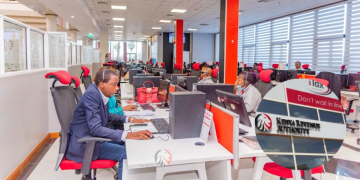












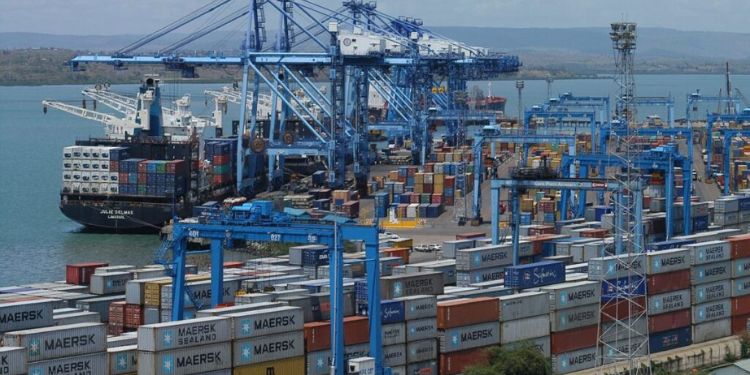

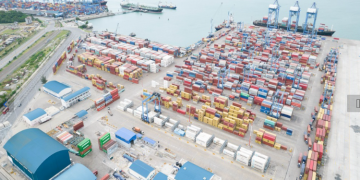



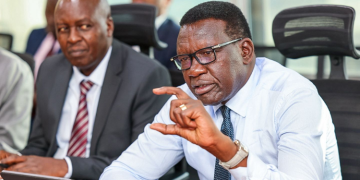








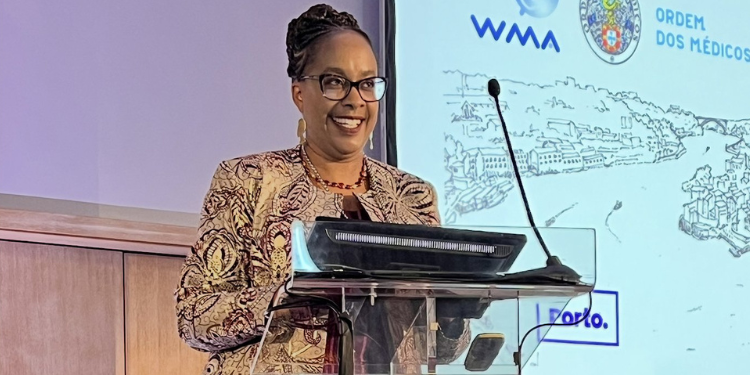
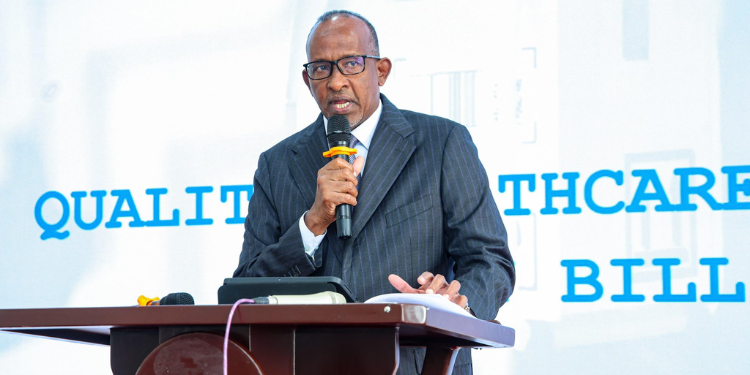



















![Senator Allan Chesang And Chanelle Kittony Wed In A Colourful Ceremony [Photos] Trans Nzoia Senator Allan Chesang With Channelle Kittony/Oscar Sudi]( https://thekenyatimescdn-ese7d3e7ghdnbfa9.z01.azurefd.net/prodimages/uploads/2025/11/Trans-Nzoia-Senator-Allan-Chesang-with-Channelle-KittonyOscar-Sudi-360x180.png)





















